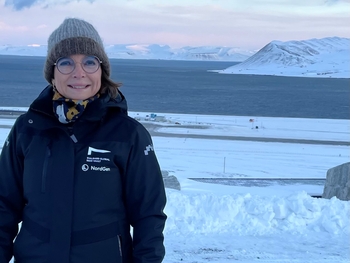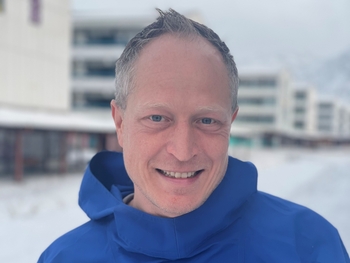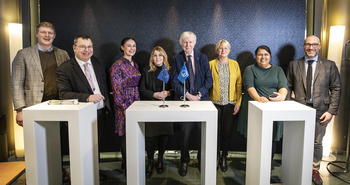Nordic Council of Ministers’ Arctic Co-operation Programme 2022-2024

Programme objectives
The new Arctic co-operation programme, “A sustainable Arctic”, sets the stage for increased emphasis on sustainable development in the Arctic region. Co-operation programmes and activities under the auspices of the Nordic Council of Ministers help to make Our Vision 2030 a reality – the Nordic Region as the most sustainable and integrated region in the world by 2030. The Arctic co-operation programme supports the three strategic priorities – a green Nordic Region, a competitive Nordic Region, and a socially sustainable Nordic Region – and helps in fulfilling the 12 goals in the action plan for 2021 to 2024.
As part of its vision, the Nordic Council of Ministers is working on Agenda 2030 and the 17 sustainable development goals (SDGs). The SDGs are steering the work of the Arctic co-operation programme for 2022 to 2024, which is reflected in the priorities below.
The priorities are based on development in relation to
- The planet/environment (PLANET)
- The population (PEOPLE(S))
- Growth and prosperity (PROSPERITY)
- Special emphasis is placed on facilitating this development by way of co-operation and partnerships.
The Arctic co-operation programme must also be seen in the context of the strategies for gender equality and for children and young people that the Nordic Council of Ministers applies in all of its sectors.
Programme budget
The budget for the Arctic co-operation programme consists of two main components:
- a politically prioritised component, which gives the countries the prerogative and an opportunity to initiate high-level politically prioritised projects, initiatives and/or activities within the framework of the programme, and
- an application component, which is open to all applicants who meet the programme’s objectives and fulfil the criteria given at any time.
Applications for funding
The application process is administered by the Nordic cultural institution, the Nordic Institute in Greenland (NAPA). The funds are distributed on the basis of the Nordic Council of Ministers’ proposals and the member countries’ recommendations. The countries’ recommendations are given by the Nordic Advisory Committee for the Arctic (NRKA).




